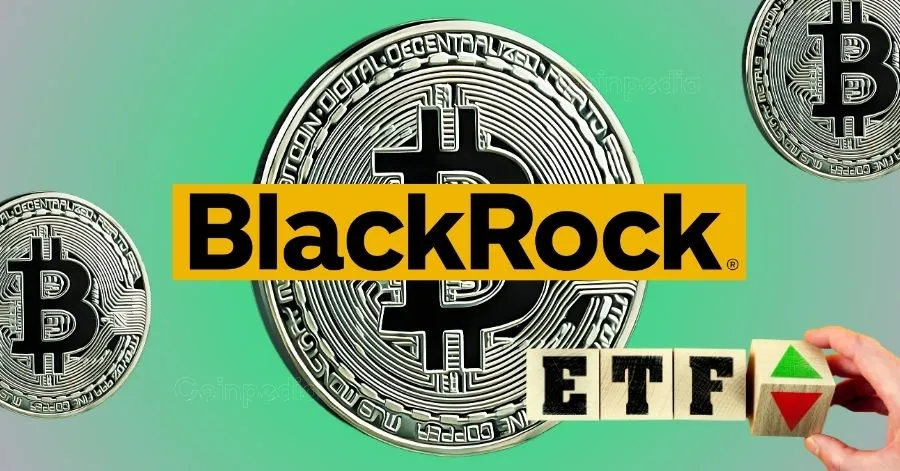
The Great Asset Shift: How Bitcoin ETFs Are Outshining Gold in Institutional Portfolios
Dude, let me tell you about the wildest heist happening right under Wall Street’s nose—gold’s crown as the ultimate safe-haven asset is getting swiped by Bitcoin ETFs. Seriously, BlackRock’s iShares Bitcoin Trust (IBIT) has become the new VIP in the investment club, pulling in nearly $7 billion in 2025 alone. That’s not just pocket change; it’s a full-blown revolution in how big-money players are betting on the future. And here’s the kicker: even with gold’s 29% rally this year, Bitcoin ETFs are stealing the spotlight. What’s driving this seismic shift? Grab your magnifying glass—we’re diving into the clues.
Institutional Investors: From Gold Bugs to Bitcoin Believers
Picture this: hedge fund managers, once glued to their gold bars, are now moonlighting as crypto enthusiasts. BlackRock’s IBIT has raked in $6.9 billion since January, outpacing the SPDR Gold Shares (GLD), which settled for $6.5 billion. But it’s not just a one-fund wonder—the entire U.S. spot Bitcoin ETF squad has collectively hauled in $25.5 billion this year. That’s institutional money voting with its feet, and the message is clear: Bitcoin isn’t just a speculative toy anymore. It’s a legit contender for the “digital gold” title, especially for investors hedging against inflation and economic chaos.
Why the sudden love affair? For starters, Bitcoin’s scarcity (only 21 million will ever exist) and its decentralized nature make it a tantalizing alternative to gold’s centuries-old monopoly. Plus, let’s be real—no one’s storing Bitcoin in a vault and hiring armed guards. The ease of moving digital assets versus lugging around bullion? Game over.
Regulatory Green Lights and Market Mechanics
Here’s where the plot thickens: regulators, once the crypto industry’s arch-nemeses, are now handing out golden tickets. The SEC’s approval of spot Bitcoin ETFs earlier this year was like flipping a switch for institutional investors. Suddenly, Bitcoin wasn’t just a Wild West gamble—it was a regulated, accessible asset class. This clarity has been *everything*. No more shady offshore exchanges or custody nightmares; just clean, ETF-style exposure.
And then there’s the market itself. Sure, gold’s up 29% YTD, while Bitcoin’s a modest 3.8%—but crypto’s volatility is part of its charm. Institutional players aren’t just chasing short-term gains; they’re betting on Bitcoin’s long-term narrative as a hedge against fiat currency debasement and geopolitical turmoil. Add in the fact that Bitcoin ETFs are now tradable like stocks, and you’ve got a recipe for mass adoption.
The Tech Edge: Why Bitcoin’s Innovation Trumps Tradition
Let’s talk about the elephant in the room: gold is, well, *old*. Bitcoin, on the other hand, is the tech-savvy disruptor with perks like near-instant settlements, lower transaction fees, and blockchain transparency. For institutions, that’s a no-brainer. Want to move $1 billion in gold? Good luck with the logistics. With Bitcoin? A few clicks, and you’re done.
BlackRock’s IBIT is the bridge between old-school finance and this new digital frontier. By packaging Bitcoin into an ETF, they’ve made it palatable for pension funds and asset managers who’d never touch a crypto exchange. It’s like serving caviar on a cracker instead of a silver spoon—same luxury, less fuss.
The Bottom Line: A New Era of Asset Allocation
So, what’s the verdict? Bitcoin ETFs aren’t just a flash in the pan; they’re rewriting the rules of institutional investing. Analysts predict inflows could hit $70 billion by 2025, fueled by relentless demand and regulatory tailwinds. Gold isn’t disappearing, but its dominance is being challenged like never before.
In the end, this isn’t just about Bitcoin vs. gold—it’s about trust in a new system. Institutions are voting for transparency, efficiency, and innovation. And if the numbers don’t lie, the future of wealth preservation might just be digital. Case closed? Not quite. But one thing’s for sure: the game has changed, and the smart money is adapting. Keep your eyes peeled—this detective’s got a feeling the plot’s about to thicken even more.
